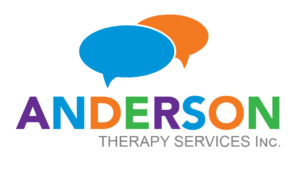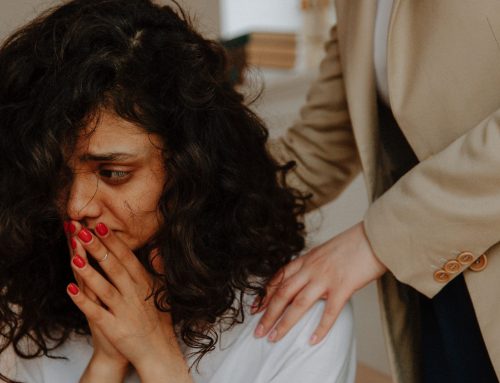What is an Art Therapy Directive?
Art Therapy is much like talk psychotherapy in terms of goals and objectives of therapy, but the ways in which thoughts and feelings are externalized can differ. By offering art therapy directives as a mode of expression within the therapy space, thoughts and feelings can be represented in ways without just words. The artwork created can then be interacted with through psychotherapeutic techniques, in order to safely process personal associations to the artwork created.
This can be beneficial for many populations, such as those with limited verbal abilities, as well as those who have heightened symptoms of anxiety. Anxiety often hinders one’s ability to verbalize thoughts and feelings, yet art allows for time and reflection, in order to build the confidence to speak about what has been internalized. Additionally, individuals who have experienced a form of trauma or grief can benefit greatly from alternate modes of expression since traumatizing events and memories may be difficult to externalize verbally.
Therapy involves many stages, and the art therapy directives are introduced at appropriate times throughout the stages of therapy. In addition, differing directives are beneficial for exploring different aspects of the self; certain directives are more effective at unravelling thoughts and feelings surrounding grief, depression, anxiety, and self-esteem.
Directives can be used with differing objectives, such as: assessment, processing, intervention, skills building, mindfulness & meditation, and self-soothing. The stages of therapy move differently with every individual, but generally the goals of therapy are:
- to externalize their story
- process challenging thoughts & feelings
- gain validation through expression
- increase distress tolerance
- challenge destructive thought processes
- build positive coping mechanisms such as: emotional regulation techniques, self soothing exercises, mindfulness practices, CBT & DBT skill sets (among others)
- build off of personal and surrounding strengths and support systems
- increase ones toolbox of knowledge and skills to be at the forefront of their care process, and know what to do and who to go to when feeling overwhelmed
Art Therapy sessions remain client centred, meaning that the therapist addresses what the client wishes to within each session. The therapist will also provide targeted directives when appropriate, which align with the stage of therapy the client is currently exploring. Some example directives are explained below:
What’s in your heart?

- This is typically used as an assessment or reassessment at the beginning stages of therapy
- It is a client centred directive that allows the individual to open up to the therapist about what is being felt and experienced within
- It is a great tool that allows the client to be in control of what is at the core of their story, as well as the experiences and associations within those events so far
- It allows the client to begin the process of increased self-awareness, and to create goal
areas for processing and development






